Are Your Irish Surnames On This Saintly List?
In this week's letter, we'll look at the story of one particular keepsake that was in the possession of one of Ireland's leading families.
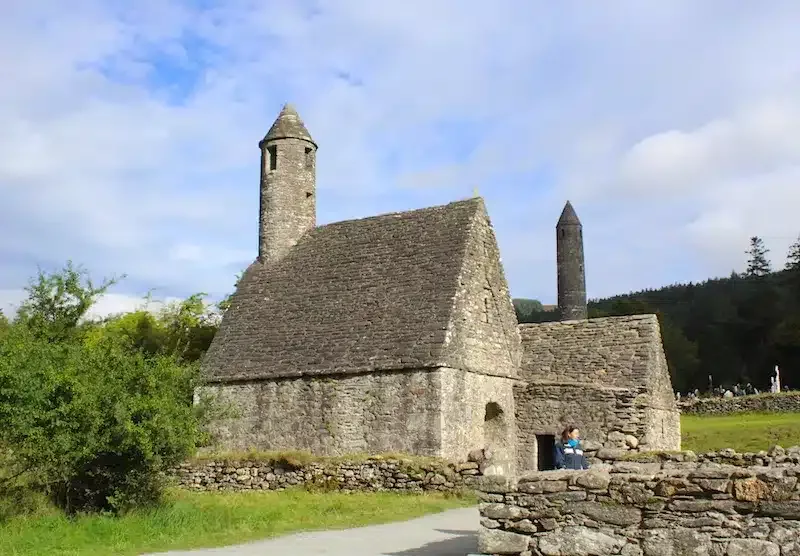
Have you ever been to the lovely County Donegal? Perhaps some of your ancestors came from that county?
A few years back, Carina and myself visited the beautiful sandy beach of Portnoo, County Donegal. We could see the nearby coastal islands – some of which could be reached at low tide. One of these islands was Inishkeel – the home of a monastery founded by Saint Conall.
Saint Conall, like many monks of the time in the 6th century, founded a monastery on a remote island – all the better for isolation, protection and devotion. There are many wonderful old decorated slabs, ruins and crosses on the island today. You could almost imagine the monks going about their daily work, then being summoned for prayer with the clear ring of an iron bell.
In fact, this very bell – a bell that was first used in the 6th century – still survives today. However, that bell is no longer on Inishkeel island, Donegal, or even in Ireland. The bell lies in the British Museum in London.
So, how did this Bell survive for a millennium, only to find its way to a museum in another country? The answer has a lot to do with a particular group of families in Ireland, a group known as the “Erenaghs”.
THE ERENAGH FAMILIES OF IRELAND.
By the 12th century, the land of Ireland was divided on political and ecclesiastical grounds. The land was made up of individual “Tuatha” – a small “kingdom” of sorts – ruled over by a local chieftain. Alongside these Tuatha were monasteries and other church lands. The spiritual head of the monastery was an Abbot, but the Abbey lands were governed in parallel by the lay family who historically owned them. These families were known as the “Erenagh” – and were effectively “Lay Abbots” of the land. They often supplied monks and priests from their family ranks down through the generations. However, they were mostly concerned with running the “business” of the Abbey lands and safeguarding the local relics.
With the dissolution of the monasteries during the reformation, many of the sacred monastic relics made their way into the hands of the Erenagh families for safekeeping.
Up around Inishkeel island, the local Erenagh family were the O’Breslins. This family kept the bell of Conall safe for hundreds of years. The bell passed from generation to generation and was on display for the hundreds of pilgrims that made their way to Inishkeel every year on the feast day of Saint Conall.
However, the Great Famine/Great Hunger in the 1840s disrupted many such traditions across the island of Ireland. Whole extended families died of hunger and disease, or made their way to a better life in another country. Around this time, the Bell of Conall left the hands of the Breslin family. It was first given to a local businessman, who then sold it on to the British Museum in London and here it has remained ever since.
There were many other such Erenagh families around Ireland. We can only guess at the number of priceless relics that left these families when times got difficult. Perhaps many of these beautiful pieces are simply buried and forgotten on family land?
So, who were these Erenagh families of Ireland? Well, my research shows the following surnames (and their locations) as Erenaghs of note. I’m sure there are many more and we will discover them over time:
- County Armagh: MacCadden.
- County Cavan: Casey.
- County Clare: McInerney/Nerney, Meere.
- County Cork: Cremin, Cronin, Donegan/Dunnigan, Healy, Herlihy, Hourihan, Long.
- County Derry: Crilly, Diamond/Dimon, McEvinney/McAvinney, Heaney, Scullion.
- County Donegal: Breslin, McCready, Derry, McLoughlin, Roddy/Ruddy, Harkin, Stout.
- County Fermanagh: Brannan/Brennan, Carbery, Casey, Cassidy, Doonan, Doonigan, Drumm, Haren, Lennon, Meehan, Tally.
- County Galway: Callihan.
- County Leitrim: Roddy.
- County Longford: Sheridan.
- County Mayo: Casey, Flynn.
- County Monaghan: Cosgrave, Farmer.
- County Offaly: Killeen.
- County Roscommon: Adrain, Bruen/Breen, Casey, Clabby, Haroughten, Quilly, Skinnion, Mulkerrin/Mulkerns.
Are any of your family surnames listed here? Maybe there is a story or two in your own family about a special Irish keepsake?
That’s it for this week, as always do feel free to share your stories and Irish surnames in your family.
Slán for now, Mike.

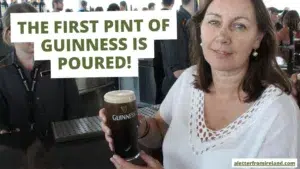
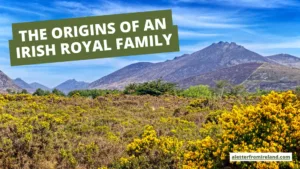
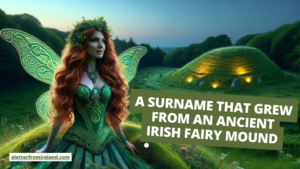
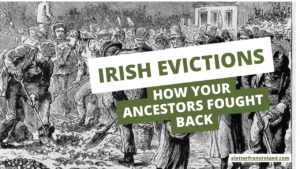
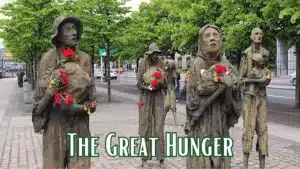
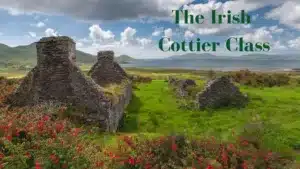
Only Plus Members can comment - Join Now
If you already have an account sign in here.